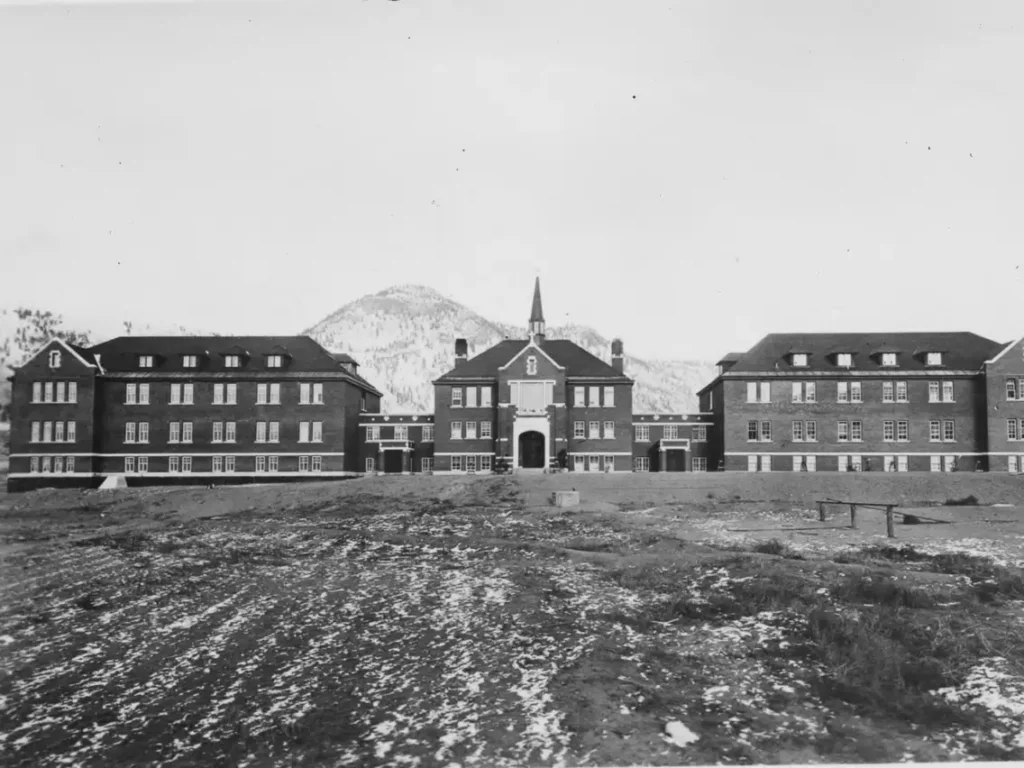The recent claims of the discovery of mass graves at former residential schools run by the Catholic Church in Canada have sent shockwaves across the nation. Allegations of widespread abuse and neglect have tarnished the Church’s image and prompted demands for justice. However, it is prudent to approach these claims with skepticism and conduct a thorough examination of the evidence before drawing any conclusions.
The Role of Skepticism in Analyzing Claims
Skepticism is an essential tool in evaluating extraordinary claims, especially when the stakes are high. It encourages critical thinking and helps separate fact from speculation. In the case of the alleged Catholic mass graves, it is crucial to explore the available evidence and consider other potential factors that may have contributed to the findings.
Historical Context and Challenges with Documentation
To assess the claims, one must consider the historical context surrounding the residential school system. These schools operated from the 19th century until the 1990s, and conditions during their existence were widely acknowledged to be substandard. However, the lack of detailed records from that time poses a significant challenge. The absence of comprehensive documentation makes it difficult to establish a clear link between the discovered graves and the actions of the Catholic Church.
Complexities of Identifying Mass Graves
Unearthing mass graves is an arduous task that requires careful analysis and expert investigation. In the case of residential school sites, the remains found were mainly related to burial practices carried out with utmost respect, rather than indicating mass graves resulting from violence or neglect. It is important to differentiate between intentional genocide and the tragic consequences of historical practices that may have been deemed acceptable at the time.
Need for Scientific Integrity
Proper scientific protocols should be followed when determining the nature and origin of burial sites. Independently verified archaeological analysis is necessary to identify the time period of burials, causes of death, and other critical details. Only through rigorous scientific investigation can we establish a factual basis for the claims being made.
Balancing the Narrative
While it is essential to address historical wrongs and provide closure to affected communities, it is equally vital to avoid sensationalism and the distortion of facts. The media’s role in amplifying unverified claims can contribute to creating a skewed narrative without sufficient evidence to back it up. We must strive for a balance between seeking justice and uncovering the truth through an unbiased examination of the available evidence.
Measured Approach
While the allegations of mass graves at former Catholic residential schools in Canada warrant serious attention, skepticism is a necessary component of critically evaluating such claims. The onus is on us, as responsible individuals, to demand a thorough investigation that follows scientific standards and relies on concrete evidence. Only through this measured approach can justice be sought, healing facilitated, and historical truths established.
